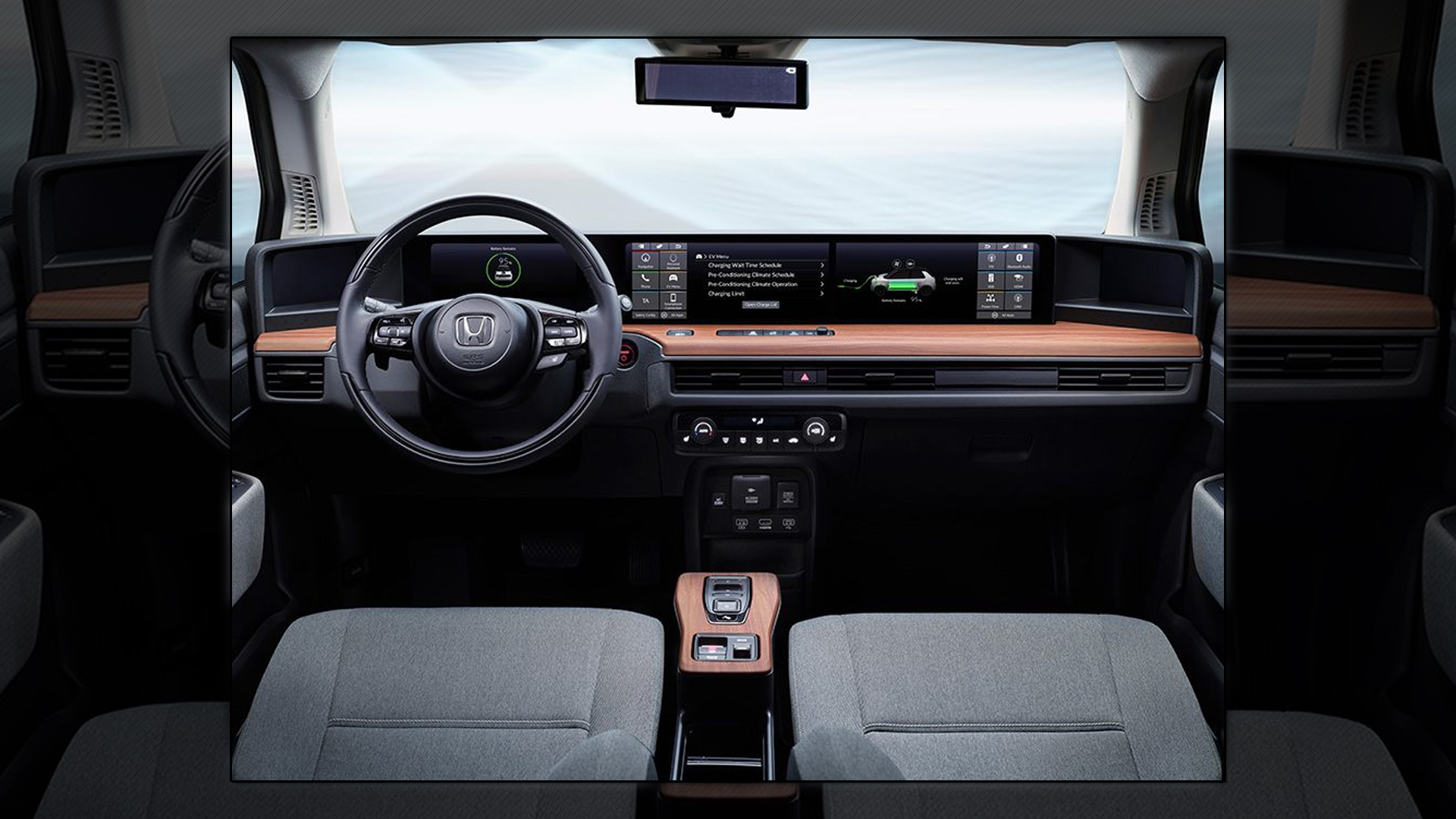

Technology is everchanging and evolving to meet the wants and needs of consumers and bringing new experiences to every aspect of our lives. Short of something silicon obtaining sentience and breathing on its own, that’s a good thing. The biggest names in auto were at the 2019 Geneva International Motor Show and brought some of the newest trends and concepts with them, and The Drive has listed the hottest trends of this year’s event.
Everything has a Battery

Okay, maybe not everything, but the theme of Geneva this year heavily focuses around automakers showing off their latest battery-powered cars. Plug-in hybrids (PHEV) and battery electric vehicles (BEV) are visiting center stage for nearly every manufacturer. Volkswagen brought an electric take on the classic dune buggy and even Mercedes-Benz had a fully charged minivan to show off.
If we haven’t had a clear picture of the industry’s trend towards electric mobility from the past, this year’s lineup at Geneva should show us that the industry is fully committed.
OK Google

Connected services are becoming more streamlined, and one of the most effective ways to control your car whilst keeping your eyes on the road is by voice. Polestar’s new Model 3 contender, the Polestar 2, is making its public footing at Geneva this year and relies heavily on Google-based services. That’s because Polestar 2 car uses an infotainment system built on Android, meaning that most Google services are native to the car, including Assistant, Maps, and even the Play Store.
For drivers who regularly use Android Auto, this feature may not necessarily be new; however, it is great to see OEMs becoming more ubiquitous with the platforms individuals use each and every day.
Screens, Screens, and More Screens.

Ever since backup cameras became a requirement on new cars, the goal for automakers has shifted from questioning if a display would accent the curves of a dashboard to stuffing a car full of them. In fact, why not just get rid of the dashboard altogether and replace it with a giant screen?
Kia had what was perhaps the most interesting take on the screen approach, turning its Imagine concept into a phone on wheels with 21 phablet-sized displays looking back at the driver.
But more subtle cars, such as the absolutely handsome Honda E Prototype, use a dashboard laden with screens to provide a bit more modern feel to the cabin. Other existing production cars show us that this trend is far from being in the dust, so get used to it while you can.
Urban Mobility

Urban mobility has been a hot-button topic recently, and the Geneva Motor Show is not free from the necessary grasps of innovation. Citroen used its limelight to debut the all-electric AMI One “Mobility Object,” specifically designed to meet the needs of the urban commuter.
Seat also brought its tiny two-seater Minimó to Switzerland, showing that the Smart ForTwo may have just been ahead of its time all along. For those who prefer a mobility solution look more like, well, a car, Honda’s E Prototype city car might be right up your alley.
Reinventing the…Blinker?

Okay, now, hear me out. I know you’re going to wince at the word “Hyper-SUV” (told you), but, the GFG Style Kangaroo is something not so easily dismissed. The two-seater Hyper-SUV (we’re committed to the branding now) features both four-wheel-drive and four-wheel-steering, enabling the fully electric automobile to sprint from 0 to 60 miles per hour in just 3.5 seconds.
But how fast it can go isn’t the cool part. Nope, not at all. Instead, I want you to focus on its turn signals, which take up the entire rear grille. Every single illuminated dot is a small prism of LEDs that create a “jewel effect” when lit. Which, assuming that the driver actually uses their turn signals, is something that you can’t miss. Seriously.